Leaf variation – Holly (and Ivy).
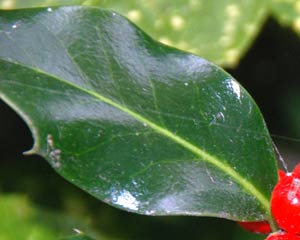
Holly leaves are prickly. But the leaves of the lower twigs and branches are said to have more prickles than the those higher up the tree. Ivy (Hedera) has lobed leaves but entire leaves can be found on the projecting branches (which bear flowers and fruits) – again often high up and in the light.
The range in variation in any species can be considerable – thinking about holly, their leaves may vary in :
- The number of spines on a leaf
- The number of spines on each side of the leaf
- The length of the leaf (do longer leaves have more spines?)
- The shape of the leaf
- The ‘greenness’ of the leaf – depending on whether the leaf develops in shade or full sunlight
- The shininess of the leaf - the thickness of the waxy cuticle
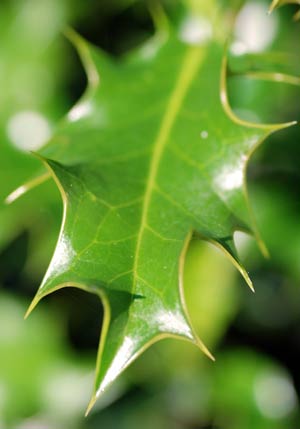 The holly tree / shrub itself can vary in sex (male or female trees).
The holly tree / shrub itself can vary in sex (male or female trees).
Are the leaves and number of spines the same on male and female holly plants
It can vary in size (from shrub to tree) - height, spread, maturity.
Has the tree been pollarded, grazed by cattle or sheep?
Is it growing in shade or full light?
Holly and Ivy are just two examples of the fluctuations in shape and form of an organism; the variation that any species can exhibit. It is important to recognise that variation or plasticity is part of the normal range of development, or the variation in the form of a species in relation to different environmental conditions. Naturalists come to recognise these different ‘habitat’ forms of a species. 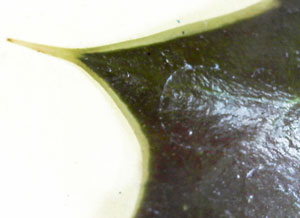 There was a tendency in the past to give names to these ‘variations in form’ by calling them varieties or even sub-species.
There was a tendency in the past to give names to these ‘variations in form’ by calling them varieties or even sub-species.
For years, there have been differences in opinion as to what constitutes a species. Geneticists tend to define a species in terms of organisms that can interbreed and produce fertile offspring, though this does not work for organisms that are extinct or to those that reproduce asexually! Taxonomists tend to look at the observable differences between organisms in order to determine species. The ‘species problem’ or how to define a species has occupied many pages in learned texts and the pens of biologists for many years ; it may be seen as the ‘conflict’ between the need of biologists to categorise and name organisms and the biologists' desire to understand the evolutionary processes that give rise to species.
Difference in shape of ivy leaves.
Perhaps time for a look at your holly or ivy? If you want to determine the prickliness of a holly leaf - then have a look here
Comments are closed for this post.
Discussion
Well, one can speculate.
If a leaf is shaded then it is receiving less light so perhaps it responds by increasing in size / surface in order to capture more light.
If the leaf is in bright light, then it is likely to warm up more and hence lose more water – so perhaps the leaf is smaller in bright light to limit water lost by transpiration ?????
Incidentally, sun and shade leaves (which differ in the number of palisade layers) are known in a number of trees.
http://www.marietta.edu/~spilatrs/biol103/photolab/sun_shad.html
i’m desperately trying to find out why shaded ivy leaves are bigger and why holly leaves that are higher up on bushes smaller??
why not investigate?
http://www.saps.org.uk/primary/teaching-resources/144-why-does-holly-have-prickles-activities-and-investigations (downloadable guide to investigations)
Do longer holly leaves have more spikes and shorter holly leaves have less spikes?
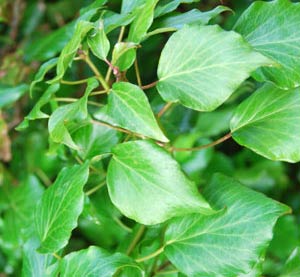
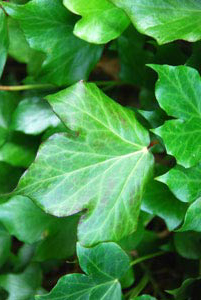

Light intensity clearly has an effect on surface area. But does it affect length of Ivy leaves as well?
Mo
1 January, 2015